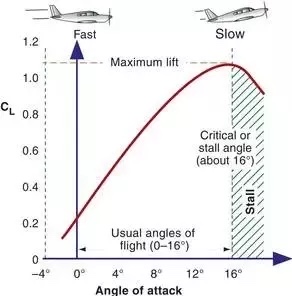Over on another forum it was suggested that I put together some numbers so that I could have a talk with my local FAA DER. I am ok but not great with computers, so I was wondering if one of you guys out there likes to tinker with airfoil analysis on a computer? If so would you be willing to look at a few airfoils and run some numbers for me?
One Miracle at a time.
Thank you in advance.
One Miracle at a time.
Thank you in advance.


